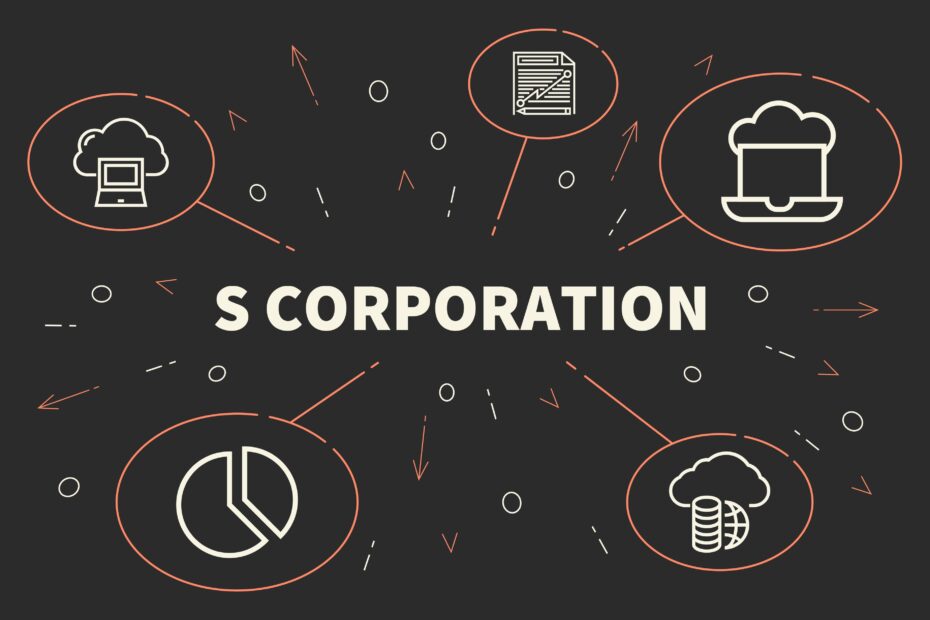As a business leader, reducing taxes to increase profits is likely one of your top priorities. One way you can do this is by taking advantage of incorporating as an S Corporation, which legally structures businesses as separate entities from their owners in order to reduce double taxation. It occurs when income is taxed twice – once at the corporate level and again at the owner’s personal level. But by filing for S Corp status with the IRS, you can rid yourself (or rather your business) of this unnecessary burden and have more money to invest back into growing your company. In this blog post, Brian C Jensen discusses how to properly avoid double taxation with an S Corporation so that you can rest assured that your taxes are being managed appropriately.
Brian C Jensen On How To Avoid Double Taxation With An S Corporation
According to Brian C Jensen, an S Corporation is a type of corporation that has elected passing credits, deductions, losses, and corporate income through to their shareholders for federal tax purposes. This allows the company’s profits or losses to be passed on directly to the shareholders’ individual income taxes instead of paying corporate income taxes.
In order to become an S Corporation, the business needs to file Form 2553 with the Internal Revenue Service (IRS). The form must be approved by the IRS before any election becomes valid. An eligible corporation will generally include corporations that have no more than 100 shareholders who are U.S. citizens or residents and only one class of stock outstanding. Eligibility requirements may vary depending on state law; it is important to check your state’s requirements to ensure that the business meets all applicable regulations.
S Corporations offer businesses a great way to save money on taxes by avoiding double taxation. Double taxation occurs when the same income is taxed twice: first at the corporate level, then again when profits are distributed as dividends to shareholders. With an S Corporation, because it is a pass-through entity, only one layer of tax applies. This means that after the corporation pays its taxes, any remaining profits can be passed through directly to each shareholder and only taxed once – thereby avoiding double taxation.
In addition to this major benefit, owners of an S Corporation also have more flexibility in terms of their ownership structure and reporting requirements. Because all shareholders pay individual taxes on their share of corporate income, they don’t need to file separate corporate taxes. This means fewer paperwork and filing requirements than in a traditional corporation.
The advantages of forming an S Corporation are numerous, says Brian C Jensen. Not only will you save money on taxes with the avoidance of double taxation, but you’ll also have more control over your business structure and operations. Plus, it’s easier to stay compliant when filing taxes since there is less paperwork involved.
Brian C Jensen’s Concluding Thoughts
Ultimately, by forming an S Corporation, you can gain greater financial freedom for your business without sacrificing any tax benefits or legal compliance requirements. With this in mind, it’s worth considering, as per Brian C Jensen, if becoming an S Corporation would be beneficial for your enterprise. Doing so could help ensure that you remain competitive within your industry and maximize profits for yourself and the other shareholders of the company – all while avoiding double taxation.

